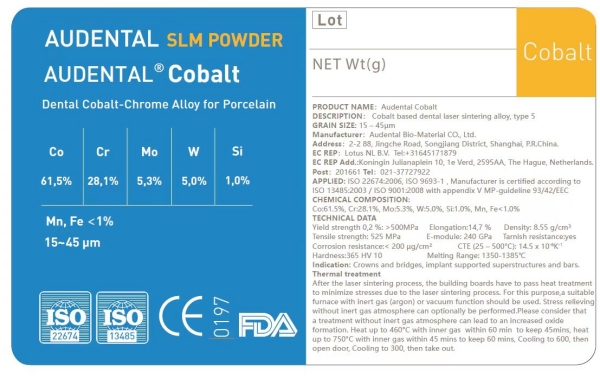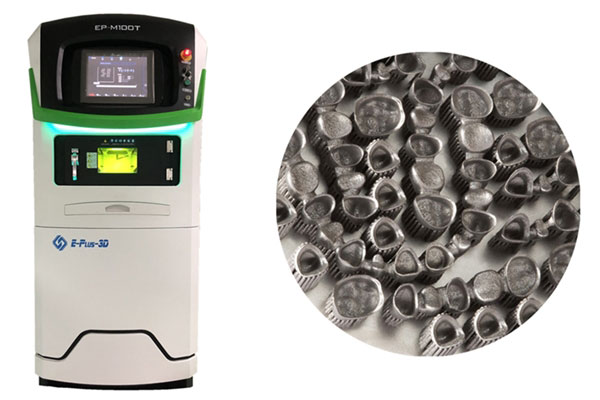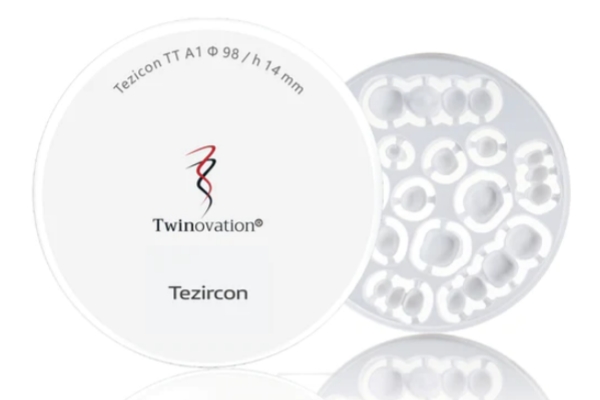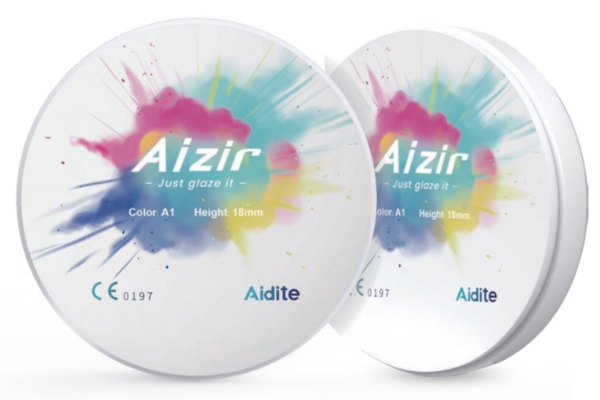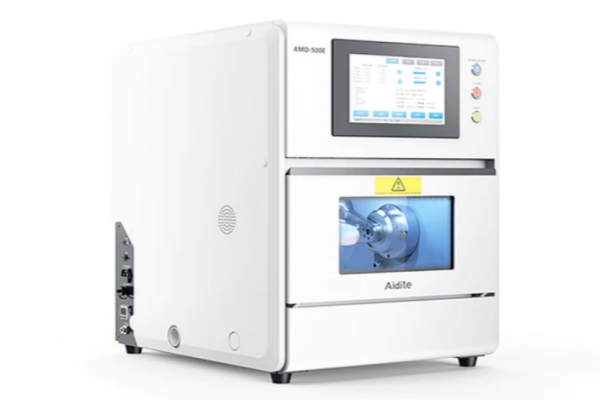Dental Post Core Lab from China
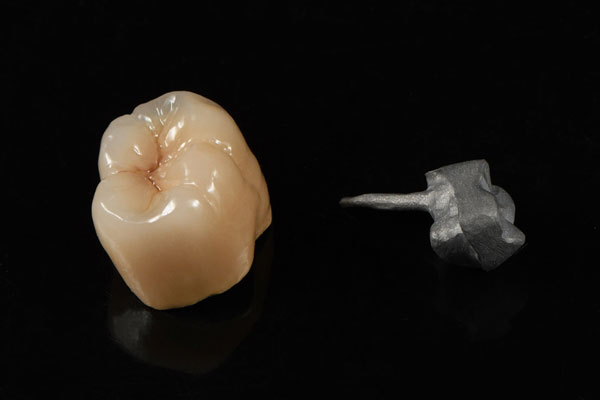
Robust Post & Core
A dental post and core is a method of restoring a tooth after root canal treatment. It is used when a natural tooth (usually a molar) has a large carious area (more than 50 percent of the tooth’s original structure should be removed). The remaining tooth is not enough to support a dental crown. In this situation, a post and core crown is helpful to protect the tooth from further damage or infection.
A small rod called post is inserted in the prepared root canal, while the core fills the decayed area. This post and core provides stability and strength to support a dental crown or bridge. A great alternative to post and core treatment is an implant system, but it is quite expensive and time-consuming.
Featured Post & Core
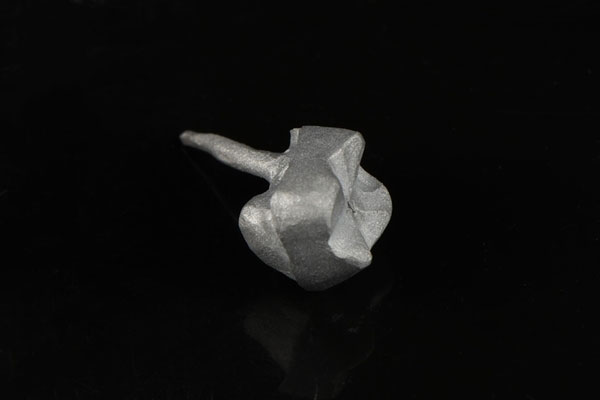
Metal Post & Core
The material for metal post & core includes Nickle alloy, cobalt-chromium alloy, and precious alloy. Cobalt chromium alloy is most frequently used because it is less likely to cause allergy. It is also cost-effective and very tough (not easy to break).
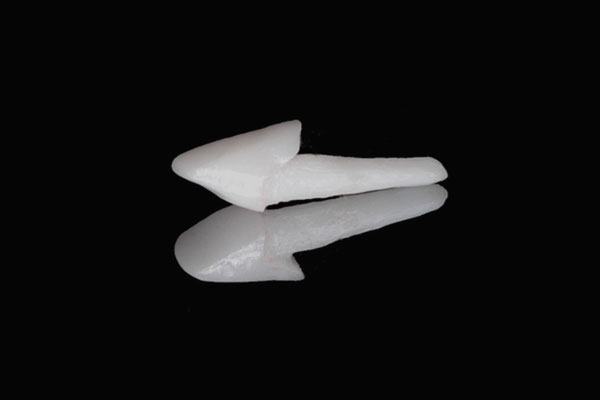
Zirconia Post & Core
A zirconia post & core is bio-compatible. It often comes with an all-ceramic crown (normally a zirconia crown) due to its natural apperance. However, if the post has to be very small (depending on the specific cases), we don’t suggest using a zirconia post & core, since it is easy to break.
Robust Post & Core Specification
| Product: | Post & Core |
| Non-precious metal post & core: | JinYuan/ Audental from China (FDA/ CE certified) |
| Zirconia post & core: | Aidite or Audental from China (FDA/ CE certified) |
| Full gold post & core (Au40%): | Audental from China (FDA/ CE certified) |
| Way of manufacturing: | CADCAM/ Traditional cast |
Post & Core Lab Equipment & Material
Post and Core FAQ Guide
1. What are the pros and cons of post and core?
Below are the pros and cons of the post and core programs.
- Pros: The post-and-core procedure allows you to preserve your teeth, eliminating the need to extract and replace teeth, which can be expensive.
- Cons: Post and core procedures do not reinforce or strengthen teeth. In some cases, a post and core can stress or weaken your teeth over time.
2. What is a proper length for a post and core?
In the manufacture of posts and cores, in order to provide adequate retention, the length of the post must be reduced to at least two-thirds of the length of the root canal (or not less than the height of the crown). The width of the pile should take into account the maximum strength and fracture resistance, but not be too wide. Otherwise, it will lead to side penetration and root fractures.
It is important to leave at least 4 mm-5 mm of azalea glue at the apex of the root canal, even at the expense of longer posts, because the apical apex glue is anastomosed with the outer surface of the root within 4 mm of the root canal apex. If these lateral canals are not blocked by Dolby glue and the cement in which the Dolby glue is placed, the chances of microleakage and microbial penetration are greatly increased, thereby increasing the likelihood of root canal treatment failure.
It is not the length of the endodontic post that determines the retention of the core and eventual crown, but the length of the endodontic post that determines the length of the root structure of the surrounding bone. If the post is 16 mm long but extends only 4 mm into the root structure surrounded by solid bone, the prognosis for the repair is poor. Crown-to-root ratio consideration is essential for evaluating tooth crown lengthening procedures.
3. What materials can be used for making post and core?
Post and cores can be made of non-metallic materials and metals. Let’s focus on the most frequently used materials for now.
Metal post and core
The material for metal post and core includes Nickle alloy, cobalt-chromium alloy, titanium alloy, and precious alloy. Cobalt chromium alloy is the most frequently used for a post core, because it is less likely to cause allergy. It is also cost-effective and very tough (not easy to break). Normally, if an all-ceramic crown is required by dentist, a metal post and core should be treated with opaque, which is to cover the color of metal.
Non-metallic post and core
Non-metallic posts (usually zirconia post and cores) are more aesthetically pleasing than metal posts, because metal posts will glow in all-ceramic restorations. And non-metallic posts are optically closer to the tooth tissue. Non-metallic posts are easier to remove from teeth than metal posts if needed.
However, a non-metallic post and core such as a zirconia post and core is brittle. If the post has to be very small (depending on the specific cases), we don’t suggest using a zirconia post and core, since it is easy to break. Besides, the zirconia post and core cannot be etched, resulting in difficulty in retaining the composite core.
Fiberglass
Fiberglass post and cores are more brittle than all-ceramic posts, but post and cores with unidirectional fibers are the strongest. However, this material is difficult to produce, because the fiber bundles need to be impregnated and wetted with resin. This process often leaves voids on the fiber surface, resulting in a weakened structure.
4. Does having a post and core placed hurt?
Usually not. By definition, post & cores are only placed in end odontically treated teeth (teeth whose nerve tissue has been removed). So, there’s literally no nerve inside your tooth to register pain. Vibrations associated with the procedure (such as those from the dentist’s drill) may be felt, but you will not experience the pain.
